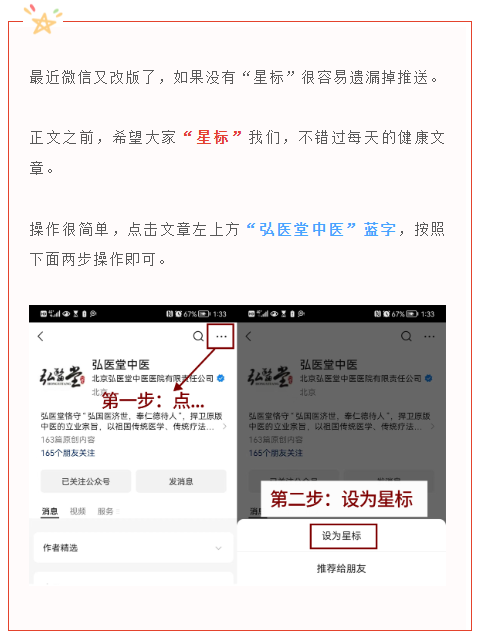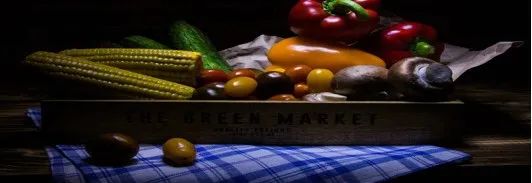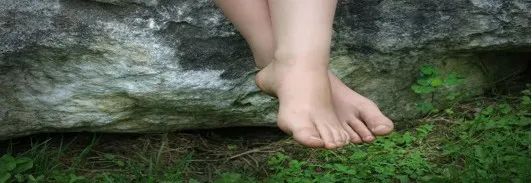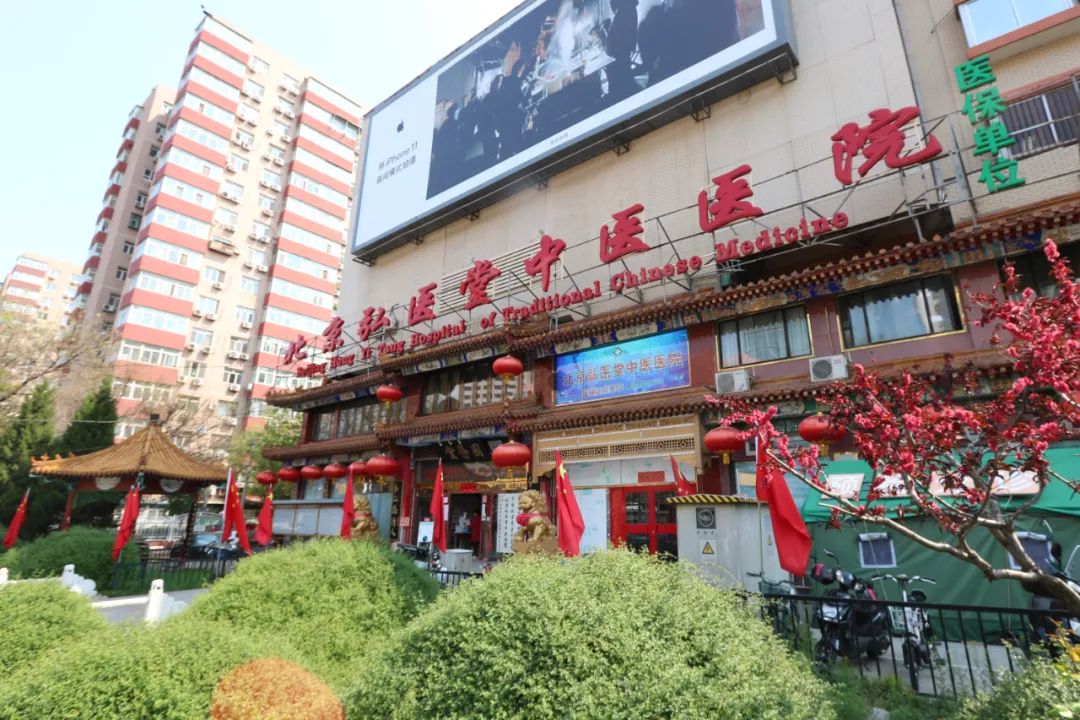
Every Chinese person’s life is closely tied to the “Five Grains”.
The classic TCM text, Huangdi Neijing (黄帝内经), states that “grains are for nourishment,” clearly indicating that the Five Grains are key to maintaining health. The Five Grains correspond to the five organs in the human body and have specific regulating effects.
Western medicine also confirms that the “Five Grains” contain high-quality carbohydrates, as well as rich vitamins, potassium, magnesium, and other essential elements for the human body, making them an ideal staple food for modern humans.
So, do you know what the Five Grains are? How can we eat them in a more scientific way? Let’s delve into the wisdom of TCM and explore the secrets of grain-based health!

What exactly are the Five Grains?
First Grain: Rice
Rice, including brown rice and white rice, is the first of the Five Grains.
In TCM theory, rice corresponds to the “Lung” among the five organs. In autumn, when the air is dry, rice is particularly suitable for consumption.
Brown rice retains the bran, germ, and endosperm nutrients, being rich in vitamin B and dietary fiber, and has a minimal impact on blood sugar levels.
White rice is easy to digest and is suitable for making dishes like goji berry rice and yam porridge, which are beneficial for those with weak digestive systems.
Second Grain: Millet
Millet, or yellow millet, corresponds to the “Heart” among the five organs. Yellow millet is different from proso millet; it has larger grains and a protein content of up to 13.6g/100g, with dietary fiber content of 3.5g/100g, which is richer than fresh corn.
However, cooked yellow millet can be sticky and hard to digest, and is usually made into snacks like yellow millet cakes and sticky bean buns.
Third Grain: Job’s Tears
Job’s tears, or coix, correspond to the “Spleen” among the five organs. It is a common understanding that coix porridge nourishes the stomach, but cooked coix can be hard and may burden the digestive system.
Therefore, to nourish the stomach, coix must be cooked until soft to be quickly absorbed by the digestive system.
For those with blood sugar control needs, if the digestive function is healthy, coix can be cooked into rice to lower the glycemic index.
Fourth Grain: Wheat
Wheat, including oats and common wheat, corresponds to the “Liver” among the five organs.
Oats have a dietary fiber content of 6g/100g and provide a strong sense of fullness, making them a top choice for weight loss.
Wheat can be divided into refined wheat flour and whole wheat flour; refined flour is fine and easy to digest, while whole wheat flour is used to make low-GI foods like pasta, suitable for those controlling blood sugar.
Fifth Grain: Legumes
Legumes refer to various beans, including soybeans, red beans, and black beans, corresponding to the “Kidney” among the five organs.
Beans are rich in various essential nutrients, and soybean isoflavones are known as “plant estrogens,” which can gently regulate hormone levels, especially suitable for menopausal women.
Soybeans are high in dietary fiber and protein, making them one of the “top ten quality proteins”; a cup of soy milk daily is a good choice.

Practical Applications of Grain-Based Health
Millet: A top choice for nourishing the spleen, it can replenish energy and promote longevity. The best method is to cook millet porridge, skim off the oil, and drink it on an empty stomach, suitable for morning and evening.
Rice: Nourishes yin and moistens the lungs, suitable for symptoms of lung heat and cough. The best method is to simmer rice porridge over low heat, drinking only the rice soup without the grains.
Sorghum: Nourishes the liver and benefits the stomach, helping to stop diarrhea. Sorghum can be processed into flour, cooked, and mixed with hot water to form a thin paste for consumption.
Black Rice: Nourishes yin, benefits the kidneys, and warms the liver. Cooked over low heat into porridge, it can be consumed at any time.
Wheat: Nourishes the heart, calms the mind, and alleviates dryness. Whole wheat can be cooked into porridge or boiled in water for consumption.
Black Beans: Nourishes the kidneys and benefits yin, strengthens muscles and bones. The antioxidants in black beans can promote kidney detoxification.
Red Beans: Moistens the intestines, relieves constipation, lowers blood pressure, and reduces blood lipids. The dietary fiber in red beans helps regulate blood sugar and prevent stones.
Green Beans: Clears heat and detoxifies, helping to expel toxins from the body and promote normal metabolism.
Yellow Beans: Strengthens the spleen, aids digestion, and replenishes energy. Yellow beans are rich in saponins, which can promote digestion and absorption, delaying aging.
White Beans: Nourishes the lungs and boosts immunity. The components in white kidney beans can prevent respiratory diseases.
The Five Grains each have their strengths; a scientific combination is essential for health.
Related Statements:
1. This article is for communication and sharing purposes, aimed at disseminating health knowledge.
2. The prescriptions mentioned are for reference only; please use them under the guidance of a professional doctor and do not self-medicate blindly.
3. Images are sourced from the public image library of WeChat official accounts.
4. Hongyitang TCM respects intellectual property rights; if there is any improper use or disagreement regarding the above content, please contact us at [email protected], and we will address it promptly.
5. The comment section at the end of the article is open for active discussion.
Previous Reviews These vegetarian foods can raise blood sugar levels if not careful
These vegetarian foods can raise blood sugar levels if not careful Changes in the calves may indicate spleen and stomach issues
Changes in the calves may indicate spleen and stomach issues These daily habits can age you faster than staying up late
These daily habits can age you faster than staying up late
Hongguo Medical for the World Treating People with Benevolence
Defending Original TCMProtecting health, we are always here∨ Beijing Hongyitang TCM Hospital
Beijing Hongyitang TCM Hospital
-
Address: No. 2, Hubei Road, Chaoyang District, Beijing (50 meters east of Changhong Bridge on the East Third Ring Road)
-
Transportation: Subway Line 10, Tuanjiehu Station, Exit C (Bus to Changhong Bridge or Tuanjiehu Station)
-
Phone: 010-65827961
-
Clinic Hours: 07:30–21:00
Click to follow Hongyitang TCM ☝
We meet every morning at 7, don’t miss it
Give a like, tap to seeto encourage us☟☟☟

